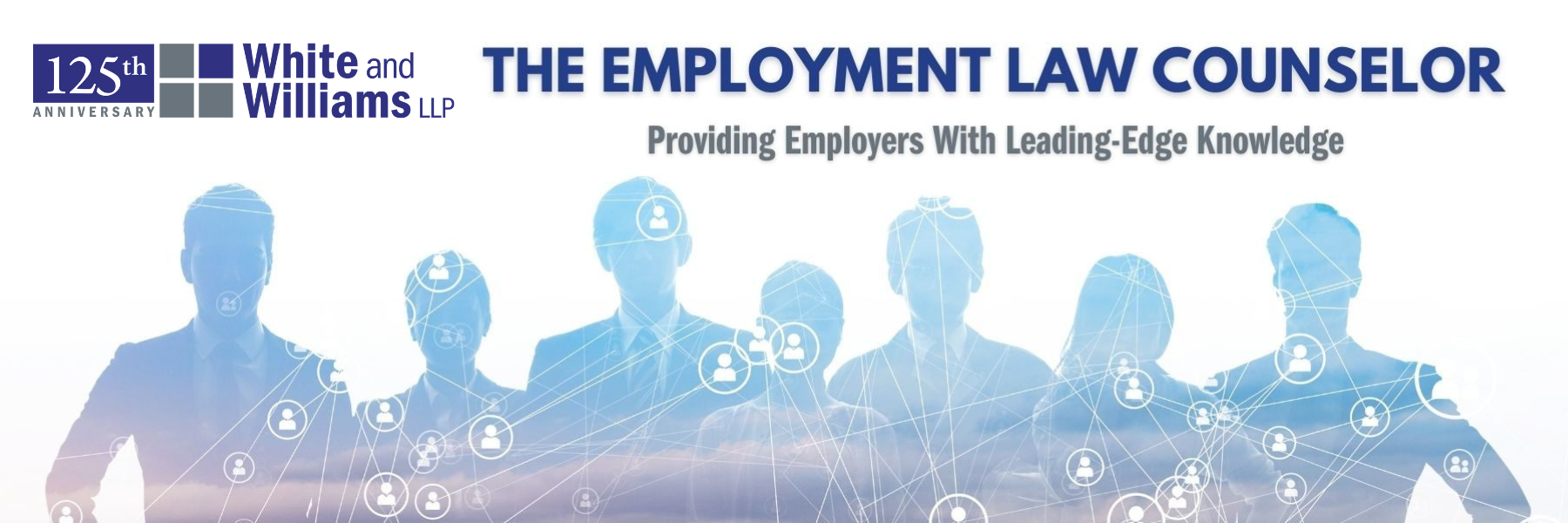This blog post is designed to provide some fresh ideas for managing your workforce by sharing stories I have learned from my father over the years. It is a bittersweet time to write this. My father is 95 years old, in a long-term healthcare facility, and is just now starting to show his age. A retired Executive Vice-President for Westinghouse Electric Corporation, my father was skilled at turning around failing manufacturing facilities and managing the many union and employee issues that defined manufacturing in the 1960s and 1970s. Recently visiting him in his care facility, I was recalling what I have learned about his management style while he was in his prime. I’m pleased to be passing on some of his ingenuity in dealing with unions and employees to our clients and others who crave a fresh perspective. Here are a few examples:
Be Creative. Dad co-owned a lake-front property with a work friend in the early 1960s. At one point they decided that it was not working since both parties wanted 100% ownership of the property. My father proposed that his friend set a value for 50% of the property, and my father would then decide to buy him out or sell his own stake to his friend. The measure kept his friend honest in the valuation and at the same time put the decision in my father’s hands. I have used this technique in labor negotiations, proposing that the union place a monetary value on an economic issue, but at the same time retaining the right to make the final decision. It makes the union feel a part of the decision and simultaneously gives the employer control over the decision.
Be Prepared. My father was assigned to assume responsibility for a new manufacturing facility in Puerto Rico – he was scheduled to visit the plant 6 months hence. He personally hired a high school Spanish teacher to come to our home three times per week for six months to teach him to speak Spanish over breakfast. Later in Puerto Rico, his bilingual ability immediately allayed many fears that the workforce had concerning a new boss from the U.S. who did not know Spanish.
Be Bold. As an attorney by training (Rutgers, 1947), my father knew that in the 1970s, the National Labor Relations Act often had no real teeth when it came to remedies for violations. To solve a strike with the International Union of Electrical Workers, my father sent a personal letter to the spouses of striking workers, detailing the money that the workers were giving up by rejecting a proposal. When a National Labor Relations Board (NLRB) investigator came to his office and told him of the multitude of violations he had committed by sending the letters, my father reached into his desk, pulled out additional letters, and said, “You missed a few.” He knew that he would get unfair labor practice (ULP) charges from the NLRB, but he also knew that he would only get a ‘cease and desist’ order for the violation. Before the ULPs were litigated, the strike ended in large part due to the letters and the ULPs were moot.
Be Humble. On the occasion that he went over the line with a union or the employees, he ordered the plant to stop operations for a half-hour so he could talk to everyone at the same time. He informed them of his violation and told them that he would work harder at avoiding the same mistake.
Be Measured in Your Reactions. After my father arrived late from collective bargaining negotiations one evening, I saw his car windows had been smashed in and several bricks in the back seat as a result of his driving through a picket line. He did not seem at all disturbed. He later told me he was glad that they “avoided my face.” I later learned that the business agent was frustrated by not getting a reaction out of him. I recalled this when my own car tires were punctured on a tire strip as I drove through a picket line. I recognized that the union was hoping for me to overreact and confront the picketers. I didn’t bite.
Make ’em Smile. Dad came up with this slogan for all the facilities he was overseeing. A little corny (okay, maybe a lot). Hats, coffee mugs, and key chains were handed out to the employees. He knew that it was a pipedream and that as management he could not make everyone smile, but his goal was for all the employees to know that he was thinking of their well-being. It was not a ruse – he did care. He recognized that an “us versus them” attitude was not going to help the bottom line for the company.
These are not tactics I recommend without talking to legal counsel first. For every success story I heard, I’m sure there were many failures and costly legal battles. Still, my own specific take away from my father’s labor relations career is that you should deal with unions and employees in a manner that accounts for the well-being of the employer, and one of the ways to do that is to put yourself into the shoes of the employees in order to earn their respect. If you have any questions regarding business tactics, please reach out to John Baker (bakerj@whiteandwilliams.com; 610.782.4913) or any other member of the Labor and Employment Group.


